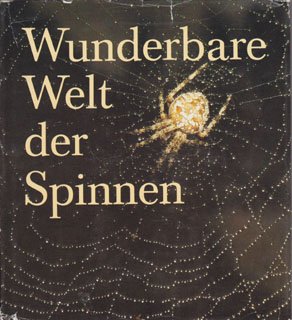Most pest control discussions tend to focus on insectoid pests. In our mountain-top farm, we worry about gophers, raccoons and, of course, birds.
This year we decided to try out something new in the small orchard to deal with the climbing and flying pests:
Apple Maggot Control Bags [
blog,
buy] from Raintree Nursery. Someday I will have to write an entry detailing my love of this particular nursery, but not today. Suffice to say that they are located close to my mother's place and we came upon them accidentally this winter while traveling in Oregon.
While perusing the shop in an unabashed fangirl and fanboy frenzy, Rob and I came across a bag of what appeared to be those nylons you can wear on your feet while trying on a pair of shoes at the store. Hmm! What they actually turned out to be were wonderful barriers to prevent infestations and, we hoped, to fool the birds and raccoons into ignoring tasty, ripening fruit.
We deployed the control bags on a variety of fruit with varying degrees of success:
Montmorency Cherry
Due to a late-season hail storm after an unseasonably warm and dry winter we only had two, TWO, cherries on our Montmorency. Because this one is right outside our back door and we could observe it easily, we dutifully covered both cherries (*sob*) in a control bag.
To our delight, both cherries ripened beautifully without molestation by the birds. They were quite tasty, too!
Birds: 0
Humans: 2
Redhaven Peach
The aforementioned dastardly storm did a number on all of the stone fruit closest to the house so we only had one peach on the tree, its first year of production. The peach's skin was beginning to blush red and then it disappeared!
Raccoons: 1
Humans: 0
Moorpark Apricot
Before I delve into our experiment again, I just want to wax a little bit lyrical about this apricot cultivar. It is the only apricot I will eat, primarily because it is strongly reminiscent of the Santa Rosa plum in flavor. The highest praise I can offer any fruit, Santa Rosa plums are the flavor of my best childhood memories.
In 2007, the Moorpark suffered a vicious attack from raccoons after producing heavily in celebration, no doubt, of its seventh year. Branches were broken, destroying 75% of the tree. It stopped flowering for many years, only resuming two years ago with fewer than a dozen fruits each season.
This year we had 10 fruit set, each one lovingly wrapped in nylon. We've been enjoying eating them these past few weeks, too. :-)
Raccoons: 0
Humans: 10
Santa Rosa Plum
The raison d'
être for summer! It finally set more than a few fruit, about two dozen, in its third year with us.
Obsessively Reverently, each plum was wrapped in nylon.
While typing this entry, I ate the last fruit from the tree this year. Alas:
Raccoons: 20
Humans: 4
Go ahead and insert a cry of existential pain right here. We only found one of the covers.
So, between now and next spring, we will be thinking about better raccoon-proofing!








